Most of the sources regarding the 1857 Uprising were written by British officials and civilians. From the Indian side we have more or less nothing as regards their experiences of the ‘event’. The only exception is the memoir of Durgadas Bandopadhyay which was published in Bengali in the 1920s. Translating this memoir is to ensure wider readership of such a valuable source. Durgadas, an assistant attached with the 8th Irregular Cavalry regiment, provides a ‘loyalist account’ of 1857 describing the causes and the course of the ‘Mutiny’ as well as his role in the ‘great event’. Most of the memoirs by the sahibs and memsahibs concentrate on three epic centres of the ‘Mutiny’ -Delhi, Lucknow and Kanpur. Durgadas’ story shifts the geographical focus to Rohilkhand and provides detailed portrayals of the rebel leaders -a feature missing in the accounts of British officers. An anti-British 1857 memoir from the Indian side is yet to emerge. The voice of the ‘subaltern’ is yet to assert itself. Perhaps, the subalterns can never speak. The Introduction contextualizes the overall historical matrix. It attempts to compare and contrast Durgadas’ account with the autobiographical and biographical narratives generated by Indians in English and the accounts of the British officers related to the colonial army between the eighteenth century and the first half of the twentieth century.
1857 Uprising: A Tale of an Indian Warrior
In stock
Free & Quick Delivery Worldwide
reviews
Bibliographic information
Title
1857 Uprising: A Tale of an Indian Warrior
Author
Edition
1st ed.
Publisher
Anthem Press, 2008
ISBN
9788190583527
Length
xiv+210p., Notes; Glossary; Bibliography; 24cm.
Subjects

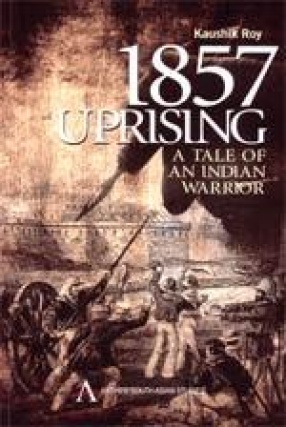
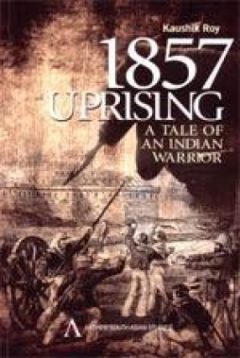
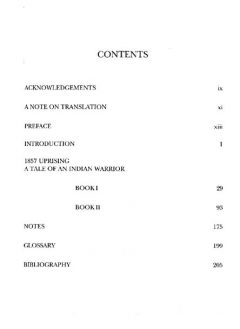

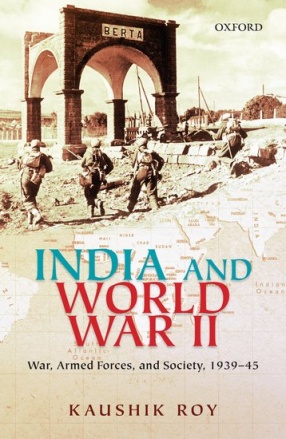
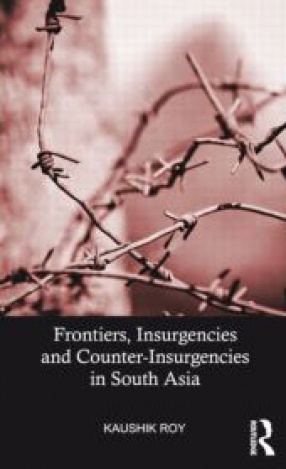

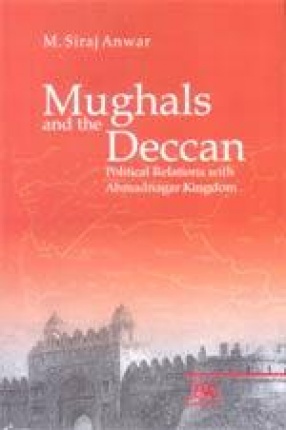

There are no reviews yet.